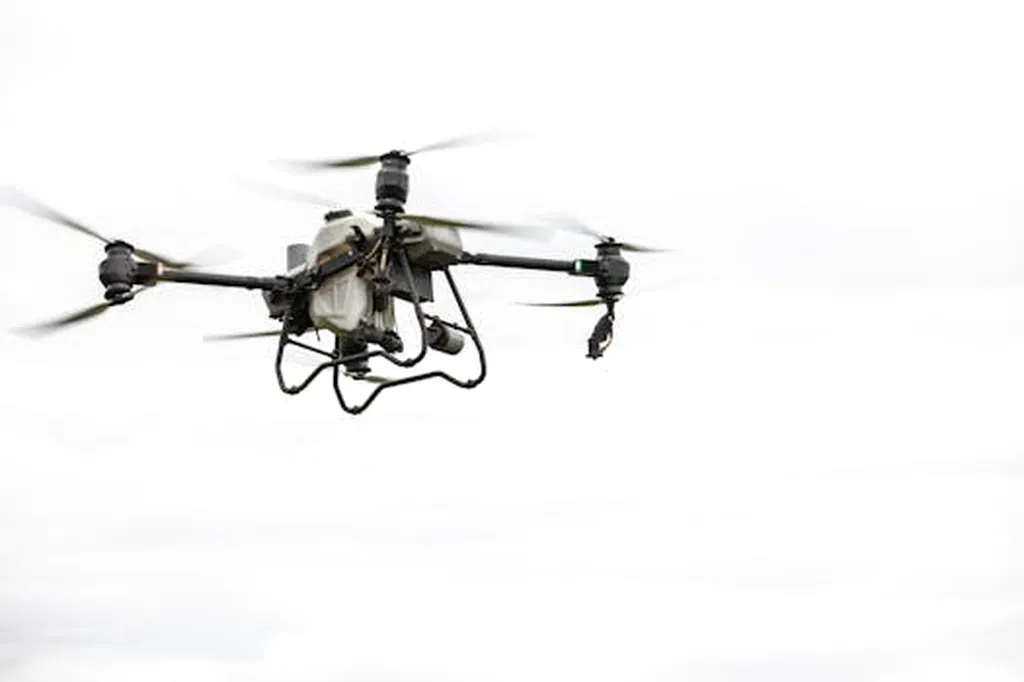In the rapidly evolving landscape of precision agriculture, a new review published in *Agronomy* sheds light on the transformative potential of integrating remote sensing technologies with autonomous robotic platforms. This fusion is not just enhancing data-driven decision-making but also redefining how farmers approach site-specific crop management. The research, led by Magdalena Łągiewska of the Remote Sensing Centre at the Institute of Geodesy and Cartography in Warsaw, Poland, explores how these technologies are being deployed to tackle real-world agricultural challenges.
Remote sensing sensors—including multispectral, hyperspectral, LiDAR, and thermal—are now being mounted on autonomous ground robots, enabling high-resolution, real-time observations at the plant level. These robots complement traditional remote sensing platforms like satellites and UAVs by providing detailed, ground-level data that can be acted upon immediately. “Autonomous robots offer a unique advantage by allowing us to monitor under-canopy conditions and perform tasks like precision spraying with unprecedented accuracy,” Łągiewska explains. This level of detail is crucial for tasks such as canopy mapping, weed identification, and soil moisture monitoring, all of which are essential for optimizing crop yields and resource use.
The integration of these technologies brings several key benefits to the agriculture sector. Higher spatial and temporal resolution allows for more precise and timely interventions, while improved monitoring of under-canopy conditions helps farmers address issues that might otherwise go unnoticed. Task automation further streamlines operations, reducing labor costs and increasing efficiency. “The ability to deploy these robots in diverse agricultural settings means we can tailor solutions to specific needs, whether it’s a small-scale farm or a large commercial operation,” says Łągiewska.
However, the path to widespread adoption is not without its challenges. Terrain complexity, power demands, and sensor calibration issues can hinder practical deployment. These hurdles highlight the need for continued innovation and refinement of the technology. The integration of artificial intelligence (AI) and Internet of Things (IoT) connectivity is emerging as a critical enabler, allowing for more responsive and scalable solutions. “AI can help process the vast amounts of data collected by these robots, turning it into actionable insights that farmers can use to make informed decisions,” Łągiewska notes.
The commercial impact of these advancements is significant. By enhancing operational efficiency and sustainability, autonomous robots equipped with remote sensing technologies can help farmers reduce input costs, minimize environmental impact, and increase productivity. This is particularly important as the agriculture sector faces growing pressures to meet global food demands while adapting to climate change and resource constraints.
Looking ahead, the findings of this research support future development pathways aimed at increasing operational efficiency and sustainability across diverse crop systems. As the technology continues to evolve, we can expect to see even more sophisticated applications, from autonomous harvesting to real-time pest management. The integration of remote sensing and autonomous robotics is not just a technological advancement; it’s a paradigm shift that has the potential to revolutionize the way we approach agriculture.
For those in the agriculture sector, the message is clear: the future is data-driven, and the tools to harness this data are already here. As Magdalena Łągiewska and her colleagues continue to explore the possibilities, one thing is certain—the fusion of remote sensing and autonomous robotics will play a pivotal role in shaping the future of precision agriculture.

